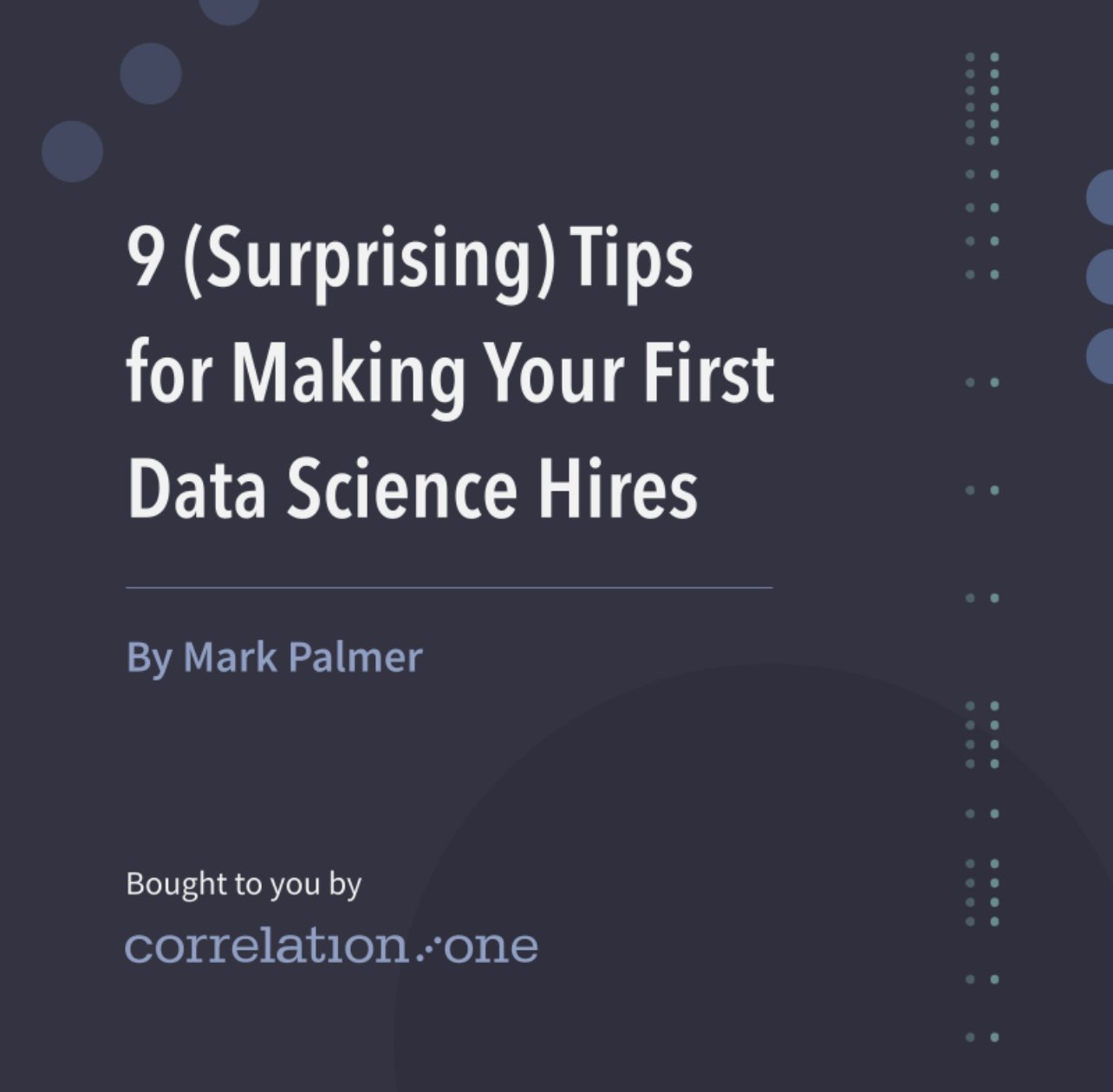How to Read and Retain More
We all know how to read; or do we? Learning this simple reading framework can transform passive, leaky reading into systematic, sticky retention you can use.
You know how to read a book. Or do you? How often do you read something that stops you cold, only to trip over it later, forgotten, like you never read it in the first place? Shane Parrish of Farnum Street says we can do better. His essay, How to Read a Book, describes a classic reading and retention framework by Mortimer Adler that can help retain and use what you learn. Adler's framework has four levels with increasing levels of sophistication:
Elemental Reading. This level of reading is what you learn as a teenager in school.
Inspectional Reading: Inspectional reading gives you the gist of things, a surface-level understanding. Sometimes that's all we want or need.
Analytical Reading. Analytical reading is where retention begins. As Francis Bacon said, "some books are tasted, others swallowed, and some chewed and digested." Analytical reading is digesting.
Synoptic Reading. Synoptic reading is where retention explodes and creativity grows. The word synoptic comes from synopsis. Synoptic reading is like cooking—you find ingredients you love, prepare them, combine them according to your taste, and make something new.
Professional authors use synoptic reading to build and retain a body of facts that they transform into their creations. My favorite example is Ryan Holiday's Commonplace Book system, which he describes below. As the prolific and best-selling author of ten books in under a decade, Holiday is proof that synoptic reading can yield incredible results.
If synoptic reading could be packaged as a pill, it would be a billion-dollar drug. But, fortunately, it's free other than the price of a good book, a good pen, and a good piece of paper. Try it! And don't forget!
If you want to go deeper into synoptic reading the slip box system, and reading in general, try these:
Read How to Take Smart Notes: One Simple Technique to Boost Writing, Learning and Thinking – for Students, Academics and Nonfiction Book Writers by Sönke Ahrens
Ryan Holiday’s Read to Lead course
Tiago Forte’s “Building a Second Brain” course
Questions? Comments? Ask them here on LinkedIn.













